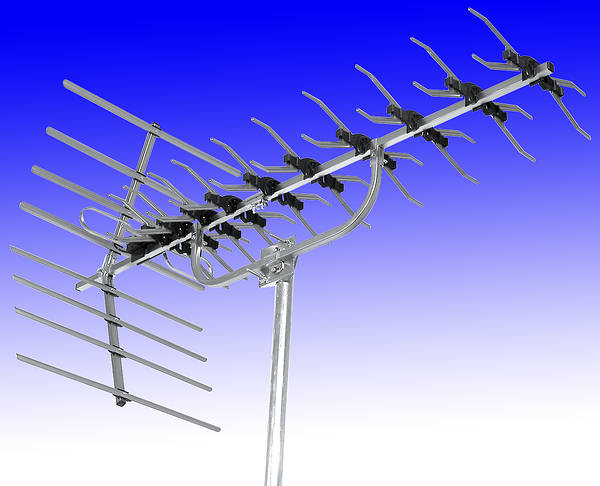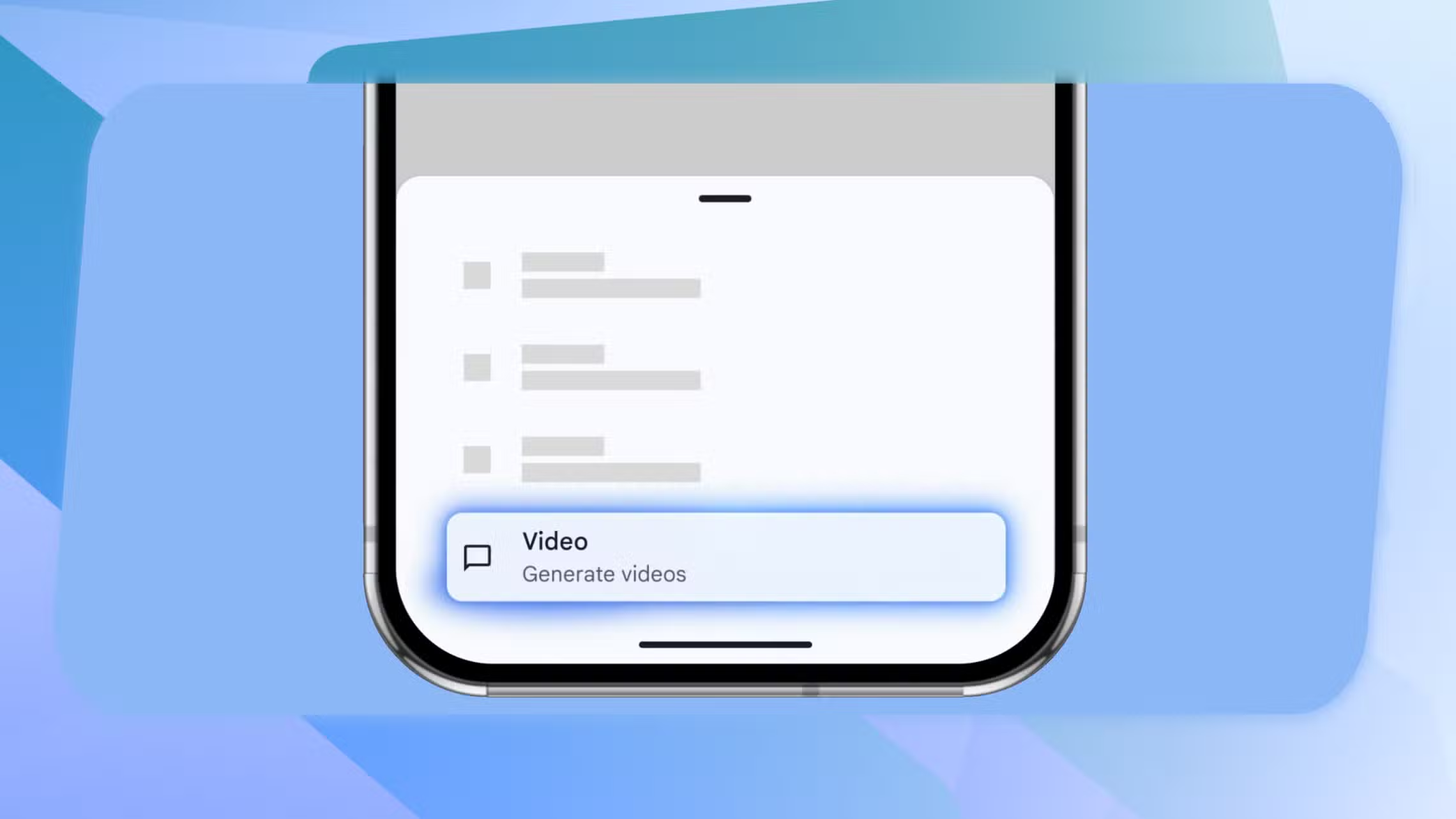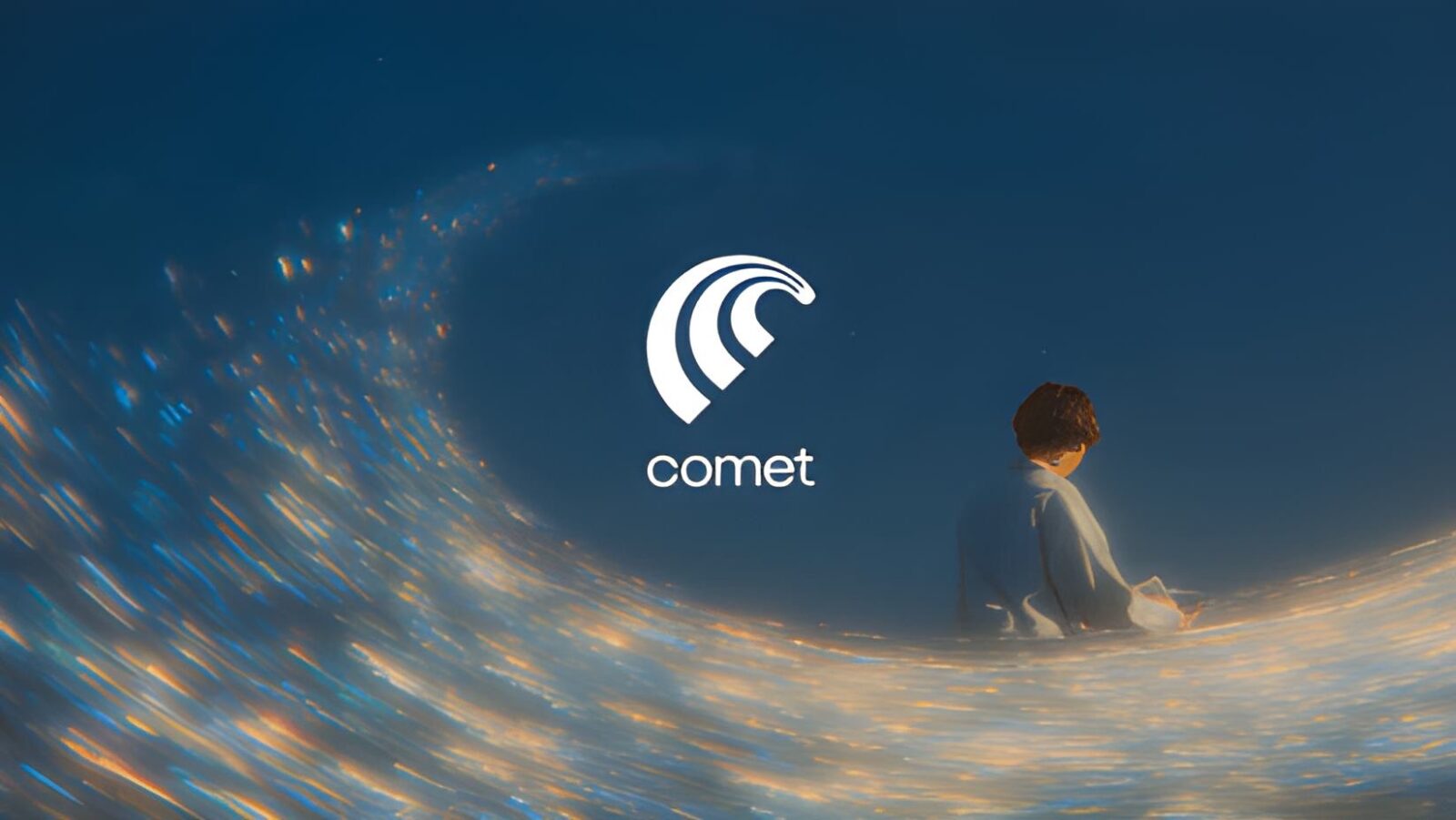Then: Analog TV
The history of aerial TV, also known as over-the-air TV, begins in the 1920s when the first experimental television broadcasts were transmitted. In the early days of television, there were no dedicated TV channels, and programming was sporadic and experimental.

In the 1930s, the first commercial television stations began broadcasting, and aerials became a common way for people to receive television signals. The earliest aerials were simple wire antennas mounted on rooftops, but as television technology improved, so did the design of aerials.
By the 1950s, television had become a popular form of entertainment, and many households had dedicated aerials installed on their rooftops. These aerials were typically large and mounted on tall poles or towers to receive signals from distant TV stations.
In the 1960s and 1970s, the popularity of aerial TV continued to grow, and new technologies were developed to improve reception and signal quality. For example, the introduction of UHF (Ultra High Frequency) channels allowed for more programming to be broadcast, and new aerial designs were developed to receive these signals.
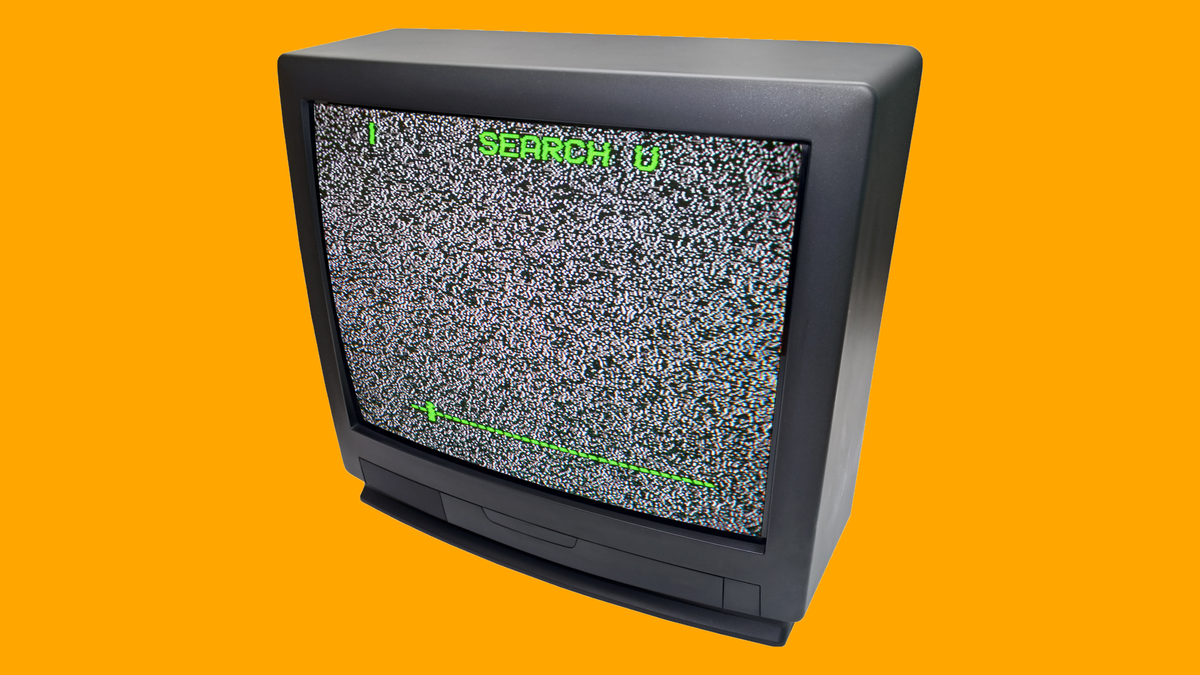
In the 1980s and 1990s, the rise of cable and satellite TV led to a decline in the use of aerials, as many people switched to these alternatives for their TV viewing. However, aerial TV remains an important source of free, over-the-air programming, and is still used by millions of people worldwide.
Now: IPTV
Today, IPTV (Internet Protocol Television) is a technology that allows television programming to be delivered over the internet rather than through traditional terrestrial, cable or satellite television systems. The history of IPTV dates back to the 1990s when the first experiments with delivering television content over the internet were conducted.
The first IPTV services were launched in the late 1990s and early 2000s, but these services were often unreliable and expensive. In the early days of IPTV, the technology was not yet mature, and many of the systems used for delivering IPTV content were based on proprietary technology.
In the mid-2000s, IPTV began to gain traction, and the technology began to evolve and mature. This was due in part to advances in broadband internet technology, which made it possible to deliver high-quality video content over the internet. As a result, more and more people began to turn to IPTV as an alternative to traditional television services.
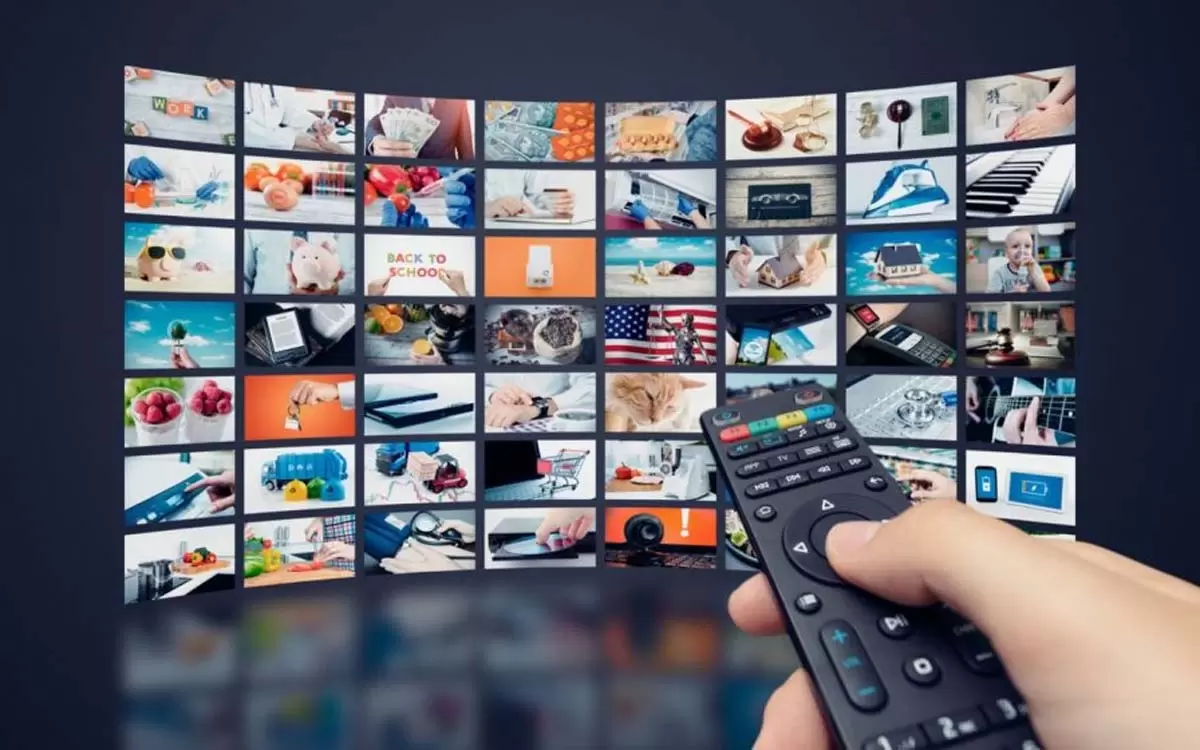
In the late 2000s and early 2010s, major telecom companies began to enter the IPTV market, launching their own IPTV services. These companies invested heavily in developing new technology and infrastructure to support IPTV, and as a result, IPTV began to become more reliable and affordable.
With millions of subscribers worldwide, the technology has continued to evolve, and many new features and services have been developed, such as video-on-demand, time-shifted television, and interactive television.

